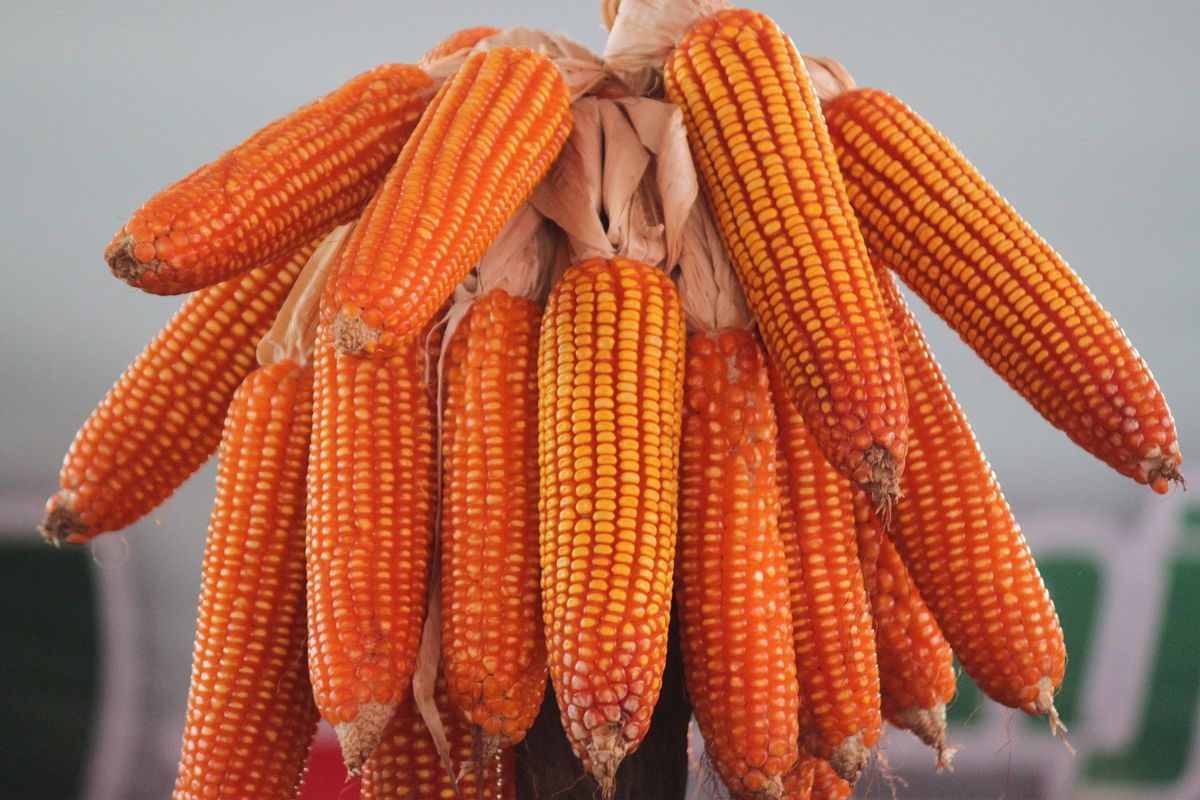Brazil: Domestic market sustains retention but loses space in exports of corn

The exchange rate and a certain movement on the CBOT in July offered some indication to the national producer to support prices at the harvest of the second crop. Now, many regions have already finished the harvest and have corn allocated in warehouses, silo bags, or even outside the warehouses. Exports are following a normal pace for a year like 2024 for in July and August. However, the arrival of the US crop should impact this demand profile for Brazilian corn, since we have more expensive corn in comparison to US and Argentine corn. The exchange rate wave seems to have diminished, the CBOT still has the entire US harvest ahead, and there is a lack of indicators to sustain highs. However, the Brazilian producer, once again misled by the bias of the agribusiness media, is trying to impose internal highs. The risk of this scenario is the loss of a good export window, and at the end of the year all the current retention will become selling pressure on the eve of the soybean harvest.
The 2024 second corn crop is coming to an end in several production regions in Brazil. Part of corn has already been sold, much of which is stored in warehouses, silo bags, or even in the open air. Producers observed the movement of the CBOT with the heat wave in July and believed in some possibility of a constant high, which is normal. However, mainly, the exchange rate jump, up to BRL 5.85/dollar in early August, brought an expectation that the exchange rate could correct much of the low domestic prices. And, indeed, the exchange rate helped to inhibit greater pressure in this 2024 second crop on port prices.
Port levels reached BRL 65/66/67/bag in the second half of July and the first one of August. This was partly due to delayed origination by trading companies, even though they had large logistics commitments to fulfill. The rush to meet such commitments helped premiums jump above USD 1.00/bushel and helped contain the decline in domestic prices. Thus, a good part of the shipments of 5 mln tons in July and slightly above 6 mln in August are being fulfilled. The rise in the exchange rate made this situation easier, as it allowed for purchases at better prices in the interior. Trades between BRL 40/46 were registered in Mato Grosso, BRL 50 in Goiás, BRL 55 in the interior of São Paulo, and BRL 47 to 50 in Matopiba.
This turnaround in August, however, removed much of this support. Prices on the CBOT quickly fell again. The exchange rate settled below BRL 5.50/dollar, still high compared to the first half of the year, but weaker compared to the peak at the beginning of the month. The port has once again lowered prices to below BRL 60, with some specific demands still being made at BRL 62 for September. Is there export demand? Of course, there is, but prices are now lower again.
The issue is that producers now have a vision of a possible exchange rate hike given the Brazilian economic situation and the new scandals reported in the national press last week. Retaining corn, with practically little soybeans in the producer’s hands, is a short-term reserve of value and a bet that something may bring some surprise to prices later on. So, the market ends up holding on to certain levels in the interior or stopping trading due to this situation.
However, we need to stay in line with reality. Brazil still has an effort to export 40 mln tons until January. The line-up now shows an accumulated volume of 15.1 mln tons in the business year. This means that between September and January Brazil will need to export 25 mln tons or 5 mln tons/month. If the retention continues, it may even prompt some support for prices in the short term. However, Brazil currently has expensive corn on the international market, and the difficulty in purchasing corn here versus the ease of purchasing cheaper US corn could make Brazilian sales not meet these 25 mln tons by January. At this point, instead of a high, we might have internal sales pressures to empty warehouses for the large soybean harvest expected to begin in January.
Another point in parallel to this scenario is the planting of the 2025 summer crop that will begin this week in the South region. The cold front that halted the start of work in Rio Grande do Sul should give way to a return of high temperatures and rains for the state at the end of the month. Planting will take place despite the great difficulty producers have in obtaining funding for corn planting insurance this year. Expensive insurance is making the planting decision unfeasible. Then there is the climate scenario, which is still neutral. La Niña has not yet managed to set in at the beginning of this semester, and the neutral climate always brings us unpredictable variables for the crop, be it for a normal situation or with regional problems in some Brazilian state. Therefore, from the end of August onward, the 24/25 South American weather season is open, and the neutral climate requires close attention to short-term forecasts.
Read also
Wheat in Southern Brazil Impacted by Dry Weather and Frosts
Oilseed Industry. Leaders and Strategies in the Times of a Great Change
Black Sea & Danube Region: Oilseed and Vegoil Markets Within Ongoing Transfor...
Serbia. The drought will cause extremely high losses for farmers this year
2023/24 Safrinha Corn in Brazil 91% Harvested
Write to us
Our manager will contact you soon



